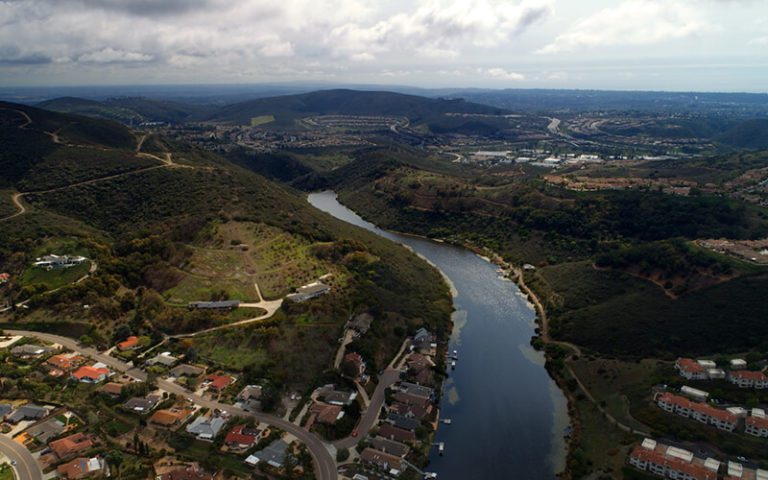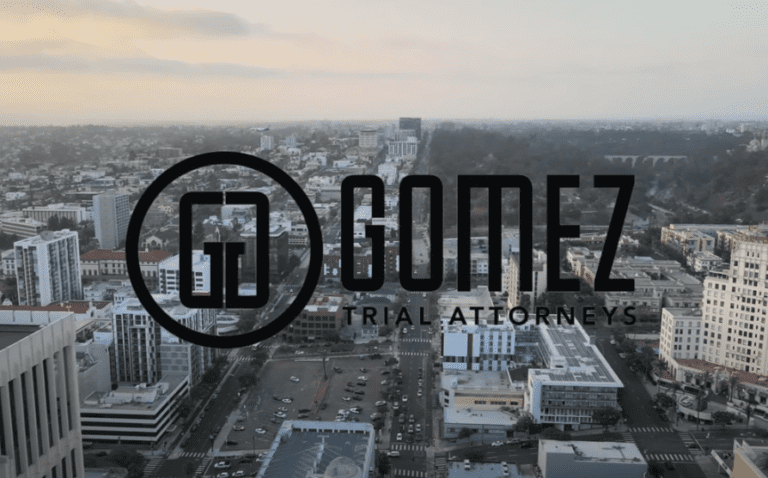Spinal fractures are common outcomes of many impact accidents, such as motor vehicle collisions, falls from heights, gunshots, or sports incidents. The spinal cord is a complex bundle of nerves and vertebrae, responsible for delivering messages between the brain and the body. When the spine suffers a fracture or a break, it can have devastating consequences. There are several different types of fractures that can cause a serious spinal cord injury, here are the most common.
Wedge Fracture
Compression fractures occur mostly in the lower part of the back, in the thoracic or lumbar spine. The most common cause of a compression fracture is osteoporosis, but trauma can cause it as well. There are three types of compression fractures, and wedge fractures are the most common. When the spinal cord suffers a wedge fracture, the front of the vertebra collapses, but the back of the bone remains intact. This results in a wedge-shaped vertebra that is typically mechanically stable. This means the spine can still carry a person’s weight and function, but it can cause neurologic problems. If left untreated, wedge fractures can lead to spinal deformities such as hunchback.
Crush Fracture
In a crush fracture, the entire vertebra suffers a break, not just the front. The vertebra tends to collapse in on itself. Crush fractures are more severe than wedge fractures, although they are typically still mechanically stable. The victim will likely feel a sudden, sharp pain in the lower or middle back after a crush fracture injury. The pain can be debilitating for many spinal cord fractures.
Burst Fracture
Burst fractures may occur when extreme forces crush the vertebra. Burst fractures are the most serious form of compression fractures and are likely unstable. A mechanically unstable fracture can damage nerves and tissues during the break, causing spinal deformity and difficulty walking.
In a burst fracture, the vertebra collapses completely and bursts in multiple directions. This often sends small pieces of shattered bones into the tissues of the spine. This type of spinal cord injury requires immediate medical attention.
Flexion-Distraction Fracture
When a traumatic incident such as a car accident bends the spine in a way that places incredible stress on the vertebrae, it can result in a flexion-distraction fracture. The spine is capable of flexing forward, but sudden movement can break a vertebra or vertebrae. This type of fracture typically affects the posterior and middle column of the spine. If a flexion-distraction fracture occurs at the same time as a vertebral dislocation, the victim suffers a fracture-dislocation. This can involve all sections of the spinal column and result in an unstable fracture.
Signs of a Spinal Fracture
Depending on the severity of the spinal fracture, patients may not realize they’ve suffered a break right away. Knowing the signs of a spinal fracture will help you seek medical treatment sooner rather than later. A victim of an accident may notice severe back pain in the middle or lower spine. Pain can also exist in the sides or front of the spine. This pain can be intense and disabling, lasting weeks or months. In other cases, especially when osteoporosis causes fractures, the patient may experience:
- Back pain when walking but not when resting
- Loss of height over time
- Kyphosis, or stooped-over posture
Sometimes, the patient may experience difficulty walking, weakness, tingling, or numbness due to pressure on the spine from a compression fracture. It’s always best to visit a medical professional immediately after any type of traumatic accident to ensure you have not suffered a spinal fracture. The sooner you seek treatment for a spinal injury, the better your prognosis is likely to be.
Contact the Gomez Trial Attorneys team of San Diego spinal cord injury lawyers today for a free consultation.
Sources:
https://www.osteoporosis-health.com/conditions/osteoporosis/types-spinal-compression-fractures
https://www.mayfieldclinic.com/PE-SpineFract.HTM
https://www.emedicinehealth.com/vertebral_compression_fracture/article_em.htm
https://www.back.com/back-pain/conditions/spinal- fractures/







